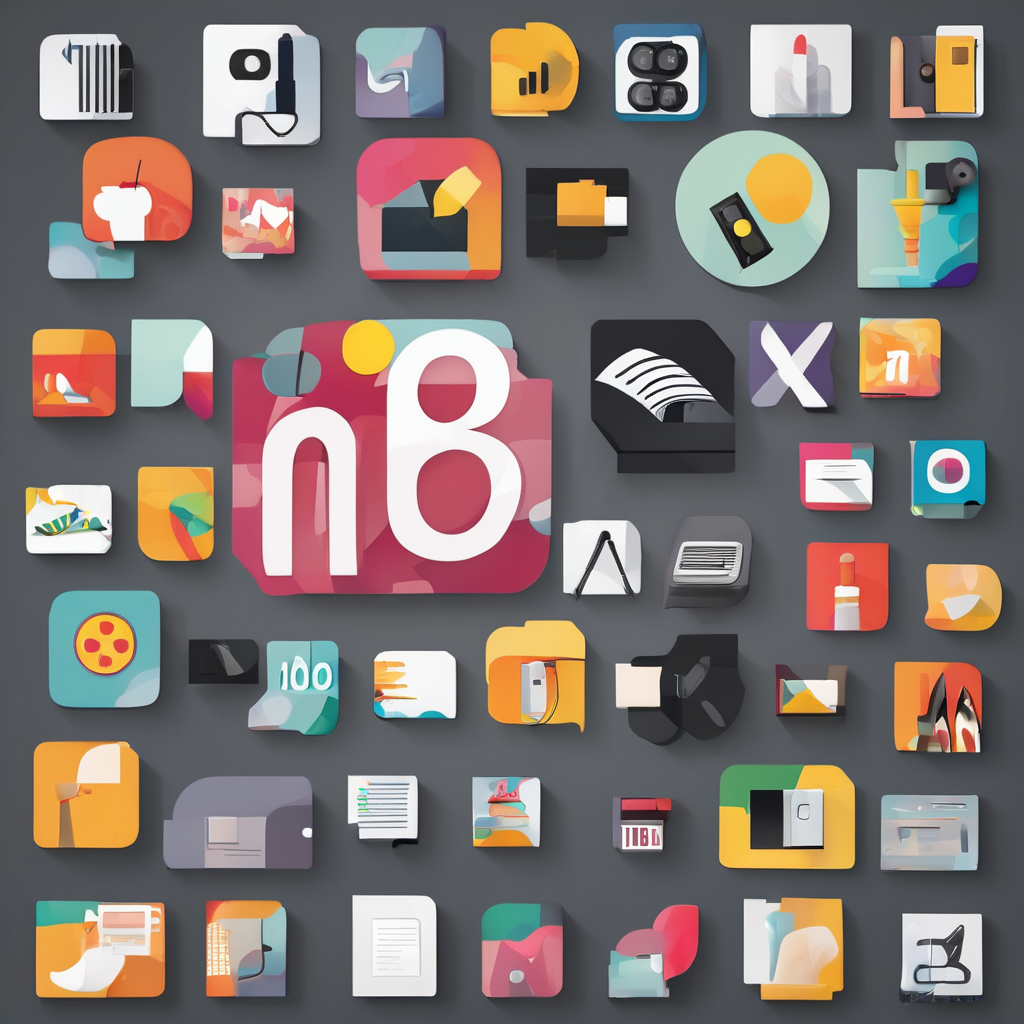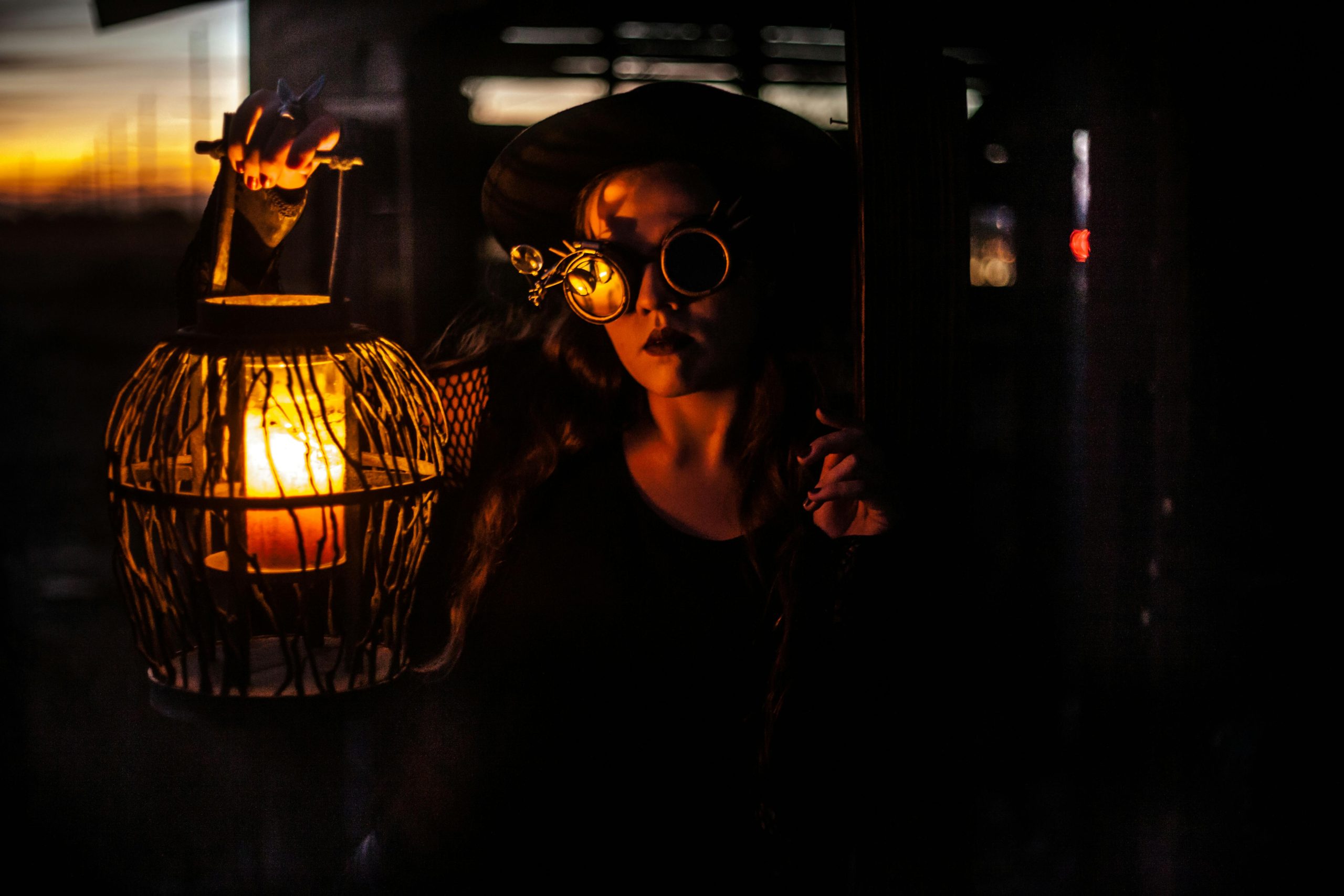Steampunk blends Victorian elegance with imaginative steam-powered technology, shaping a distinct style that spans fashion, art, and literature. Exploring its rich history and retro-futuristic charm reveals how steampunk transforms classic aesthetics into modern statements. Discover how this unique fusion invites creativity, from vintage corsets to mechanical accessories, offering a fresh way to express individuality through attire inspired by an alternate past.
Introduction to Steampunk: Definition, Core Elements, and Cultural Significance
Steampunk: Definition, Aesthetic, and Relevance paints a vivid picture of a subgenre blending Victorian elegance with futuristic imagination. Originating in the 1980s, it celebrates steam-powered machinery, gears, cogs, and brass accents, drawing heavily from 19th-century industrial and Victorian styles.
Also read : What Inspires Women’s Fashion Choices in the UK Today?
Its core aesthetic features include Victorian-inspired clothing like corsets, waistcoats, and goggles, often accessorized with mechanical jewelry and clock motifs. Steampunk also incorporates industrial motifs, such as airships, mechanical computers, and steam cannons.
Culturally, it influences literature—think H.G. Wells—and art, inspiring festivals, fashion, and fandoms worldwide. This genre fosters creativity, emphasizing craftsmanship and storytelling, thus creating a community that thrives on innovation and nostalgia alike.
Topic to read : How Do Cultural Trends Influence Women’s Fashion Choices in the UK?
Exploring this aesthetic’s online presence, with the website Australian Steampunk Bazaar offers a wide range of products that embody the style’s spirit.
Origins and Evolution of Steampunk
Historical Roots in Victorian Literature and Science Fiction
Steampunk style emerged from 19th-century literature, drawing direct inspiration from Jules Verne and H.G. Wells. These authors’ imaginative works, featuring steam-powered machinery and retro technology in design, ignited early fantasy and sci-fi fusion. The term “steampunk” was officially coined in the 1980s by K. W. Jeter, but the alternative history aesthetics had already flourished through visionary novels and adventure stories. Victorian-era industrial design, with gear and cog symbolism, set the stage for later adaptation in art, fashion, and popular culture.
Artistic and Cultural Growth in Media and Fashion
Film and TV steampunk representations expanded the genre’s reach, with titles such as Laputa: Castle in the Sky and video games like BioShock showcasing imaginative steam technology concepts. Steampunk fashion and Victorian-inspired outfits started blending corsets and waistcoats with vintage goggles and headgear, while mechanical-inspired jewelry and clockwork motifs in fashion emerged alongside DIY costume ideas. Retro-futuristic fashion trends increasingly influenced both runway collections and creative steampunk artworks, reinforcing a culture rooted in customization and expressive design principles.
Modern Trends and Subgenres
Contemporary steampunk continues evolving through personal expression in fashion, with homemade outfit tutorials and DIY gear crafting, emphasizing vintage mechanical objects as decor and wearable art technology. Subgenres such as clockpunk, teslapunk, and silkpunk diversify the field, highlighting both historical accuracy versus fantasy and the adoption of sustainable, upcycled materials in decoration and attire. This ongoing fusion of old and new technologies ensures steampunk’s place in fiction, art, and subculture for years to come.
Visual Elements, Art, and DIY Culture in Steampunk
Key Visual Motifs and Materials
Steampunk Aesthetics thrive on iconic visual symbolism and motifs—from gear and cog symbolism to mechanical-inspired jewelry adorning Victorian-inspired outfits. Top hats, corsets and waistcoats, and vintage goggles and headgear are regularly found in authentic steampunk fashion. Materials such as brass, leather, and wood are prevalent, with antique brass crafting and leatherworking for costumes used to achieve that sought-after vintage effect. These elements fuse retro technology in design with the flair of the Industrial Revolution influence, lending every piece the illusion of historical accuracy versus fantasy.
Artistic Expression and Media
Creative steampunk artworks span traditional sculpture, steampunk-inspired urban fashion, and inventive digital and traditional art hybrids. Film and TV steampunk representations, especially in popular steampunk movies and series, have introduced millions to mechanical wonders and steam-powered machinery art, while mixed media art techniques blend gears, patina effects, and upcycled materials in decoration for remarkable themed home decor ideas.
DIY and Community Engagement
DIY costume ideas encourage hands-on enthusiasts to embrace crafting with brass and leather, often following homemade outfit tutorials and downloadable costume templates. Thematic cosplay events and steampunk conventions and gatherings bolster online steampunk communities, where sewing techniques for steampunk attire and gadgets spark collective creativity.
Steampunk Fashion and Retro-Futuristic Trends
Steampunk fashion blends Victorian-inspired outfits with boldly unique twists, distinguishing itself through a mix of corsets and waistcoats, vintage goggles and headgear, and mechanical-inspired jewelry. Core steampunk clothing styles draw heavily on alternative history aesthetics, fusing tailored coats, lace, and leather into striking visual statements that echo the industrial revolution influence. Iconic features include gear and cog symbolism—visible in both garment hardware and jewelry designs—reflecting fascination with steam technology concepts and retro technology in design.
DIY costume ideas empower enthusiasts to experiment with crafting brass and leather, developing homemade outfit tutorials that prioritize creative self-expression. Upcycled materials and leatherworking for costumes offer a nod to sustainability, while leather and metal fusion techniques deliver authenticity. Interactive components such as pocket watches collection or crafting vintage-inspired weaponry serve as both practical accessories and visual symbolism.
For those drawn to creative steampunk artworks, mixed media art techniques, and thematic cosplay events, steampunk conventions and gatherings—such as those highlighted by Australian Steampunk Bazaar—become vibrant showcases for wearable art technology and imaginative storytelling elements.


